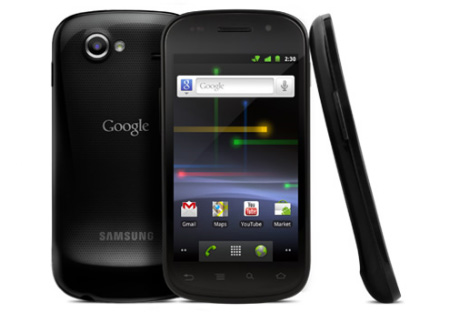
Samsung and Google launched the Nexus S smartphone which will be aboard NASA’s final space shuttle. NASA’s final Space Shuttle Mission was launched from the Kennedy Space Center and is a twelve day mission. This smartphone is a part of a research which will aid the testing of new, small, free-flying satellites known as Synchronized Position Hold, Engage, Reorient, Experimental Satellites (SPHERES).
Astronauts use these SPHERES to provide better communication between land and sky as well as give a wider range of capabilities. Nexus S is supposedly the first commercial smartphone to be cleared for use on the international space station and possess certification by NASA to be aboard the space shuttle.
Dale Sohn, president of Samsung Mobile stated, “Samsung is proud to have the Nexus S chosen to be aboard NASA’s final space shuttle launch, an event that is historical. The research that is being conducted with SPHERES using the Nexus S will help monitor and communicate from the International Space Station.”
In this experiment, the smartphone-enhanced SPHERES would be used as remotely operated robots to capture video and pictures from the mobile camera. They would also study how robots can aid in space exploration by humans in the future. Furthermore, they would be employed to conduct surveys and inspections inside the station.
Lead engineer in the Intelligent Robotics Group at NASA’s Ames Research Center, Moffett Field, Calif., DW Wheeler commented, “By connecting a smartphone, we can immediately make SPHERES more intelligent. With a smartphone, the SPHERES will have a built-in camera to take pictures and video, sensors to help conduct inspections, a powerful computing unit to make calculations, and a Wi-Fi connection that we will use to transfer data in real-time to the space station and mission control.”
The addition of the Android powered Nexus S to SPHERES will apparently increase the proficiency of every individual satellite and further add to NASA’s exploration and understanding of space.
